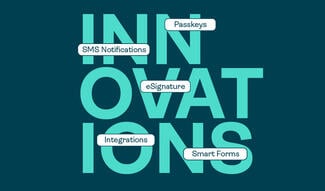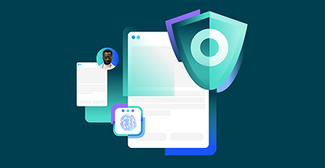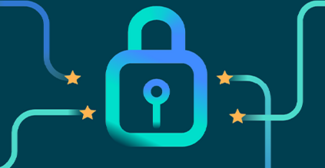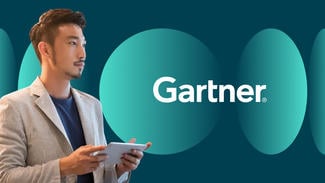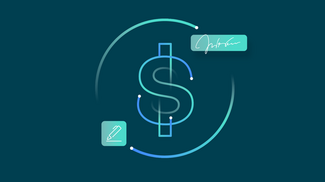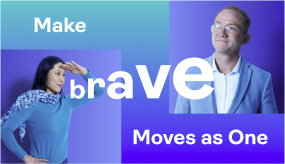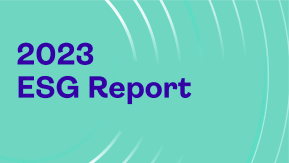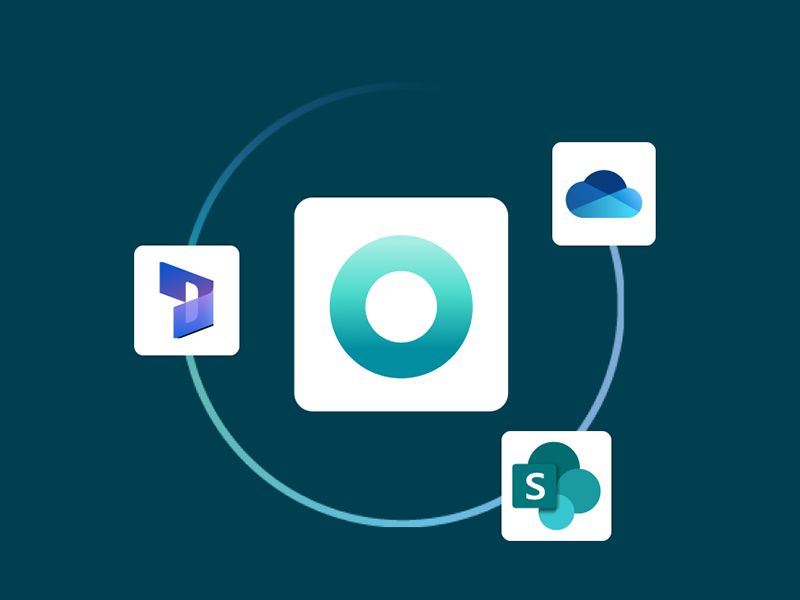Pre-built Microsoft application integrations increase productivity, security
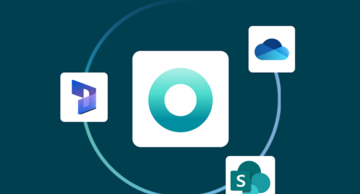
Many organizations rely on Microsoft applications to get work done, yet many of those applications lack the required eSignature capability for complex business processes. This requires an eSignature solution integration.
Yet a typical API/SDK integration requires development. The process is resource-heavy and time-consuming and, if not done properly, can lead to a variety of consequences ranging from poor end-user experience and risk, security, and compliance issues, to complex and time-consuming workflows and human errors.
But what if there was a pre-built eSignature solution that removed the challenges of traditional eSignature integrations?
Let’s take a look at some of the challenges that exist when integrating an eSignature solution, and how a pre-built solution from OneSpan can mitigate those challenges.
Understanding the challenges with traditional eSignature integrations
Integrating eSignatures in existing processes through an API or SDKs requires significant development resources. Yet many organizations lack the internal resources, and oftentimes budget, to integrate these solutions effectively.
Beyond the complexities and resource constraints of internal teams, workflows that aren’t fully digitized also present challenges. Sometimes, these workflows involve numerous manual steps or switching between applications. Despite best efforts, manual processes are still susceptible to mistakes where the user may enter incomplete information, include wrong or misspelled details, or forget to add important data.
This introduces the challenge of auditability. Complex workflows may raise compliance concerns, especially in regulated industries, and manual operations can increase the risk of non-compliance due to errors or oversight in document management. All of this can be hard to track if an audit is required.
OneSpan Sign for Microsoft
OneSpan offers a modern approach for organizations to seamlessly integrate OneSpan Sign directly into their Microsoft applications and existing workflows. There are a number of benefits to leveraging OneSpan Sign integrations for Microsoft applications.
1. Managing complex workflows
Instead of introducing more complexities to already challenging workflows, OneSpan’s pre-built integrations enable your employees to initiate document signing directly from the Microsoft application they’re using.
For example, employees can initiate an eSignature process when changing the stage of an opportunity within Microsoft Dynamics. The recipient’s details can be collected directly from the opportunity, removing the need for manual data entry. Even the document itself can be automatically fetched, rather than manually uploaded, and automatically stored in the Microsoft environment after completion, thereby saving time, reducing errors, and boosting productivity.
2. Document management
Organizations can streamline document management to ensure signed documents are automatically stored within Microsoft applications.
For example, your organization can store an audit trail, as well as the signed documents, in the Microsoft Dynamics opportunity where the eSignature process started. You can also choose to store this information in a SharePoint directory or folder.
An added benefit to automatic document management is that it eliminates the chances of sending the wrong document or misplacing signed documents. This ensures all signed documents are handled in a secure and accurate manner within your preferred Microsoft environment.
3. Compliance and security
OneSpan Sign boasts built-in security features — like encryption, authentication, audit trails, and access controls — combined with automated workflows to help mitigate risk.
Further, OneSpan Sign leverages blockchain technology to help guarantee the integrity and viability of documents over time. This allows your organization to verify the validity of document content, eSignature timestamps, and digital signature timestamps at any time with certificates that provide indisputable proof of origin.
These security features help to establish trust and address important regulatory requirements, legal proceedings, or investigative needs.
How do the OneSpan pre-built Microsoft application integrations work?
In most situations, the pre-built Microsoft application integrations follow a similar process.
- 1. The document signing process is triggered by completing an action directly within the sender’s preferred Microsoft application.
- 2. The recipient receives an email notification prompting them to sign the document.
- 3. The recipient can securely access the document and digitally sign it.
- 4. Once all required signatures are collected, the document is automatically marked as complete.
- 5. Upon completion of the signing process, the signed documents are automatically stored in the desired location within the Microsoft application (i.e., SharePoint folder).
- 6. All signed documents are stored securely within the Microsoft environment, for compliance with regulatory requirements and industry standards.
- 7. Organizations can audit the entire signing process, including who signed the document, when it was signed, and if any changes were made.
OneSpan enables a modern approach to eSignature integrations
OneSpan Sign for Microsoft is a comprehensive solution designed to enhance user experience, streamline document signing processes, and facilitate compliance. By removing the manual and time-intensive processes previously associated with integrating an eSignature solution into Microsoft applications, organizations can improve productivity and increase security to drive business success.
